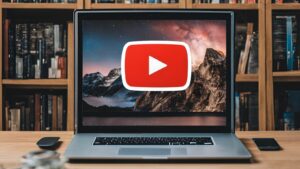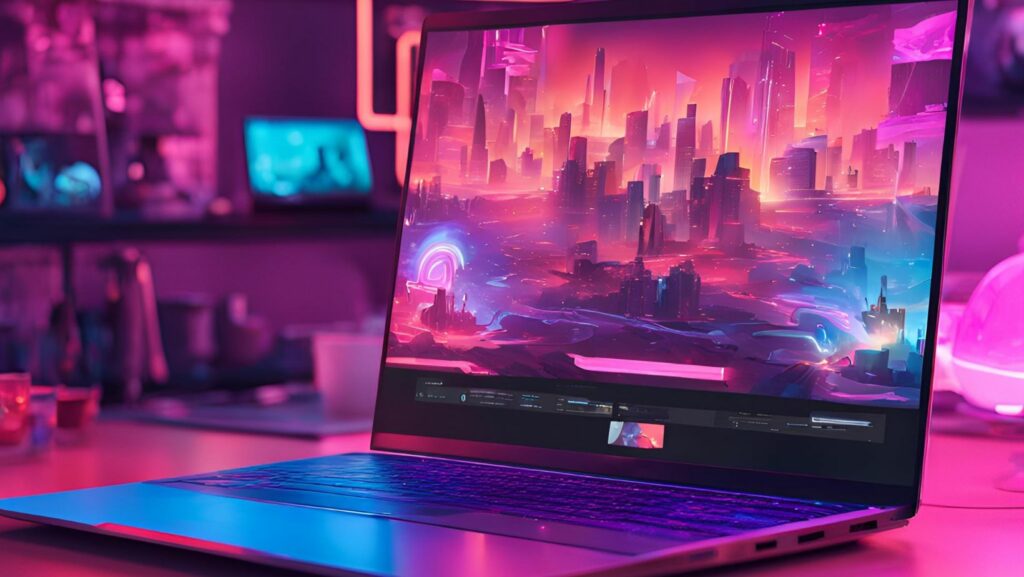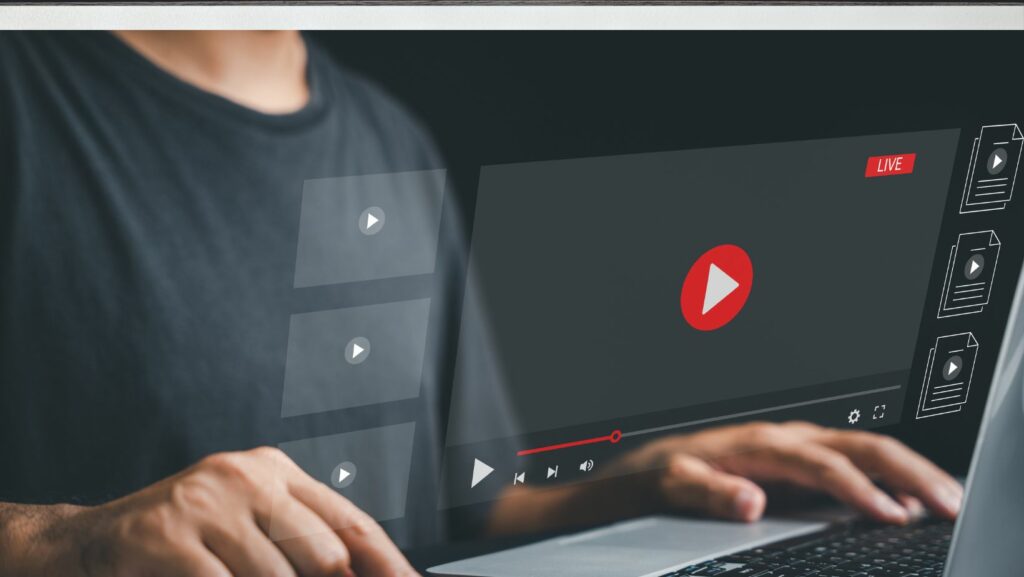Music Videos Online
- Transformation of Music Videos: Music videos have evolved from basic promotional tools to essential elements of an artist’s identity, playing a crucial role in music consumption and industry trends.
- Platform Utilization: YouTube and TikTok have become dominant platforms for music video distribution, allowing artists to reach global audiences and engage fans more effectively.
- Marketing Importance: Music videos significantly enhance marketing strategies by engaging viewers emotionally and establishing strong brand identities for artists.
- Innovative Trends: Current trends in music videos emphasize innovative visuals, interactive experiences, and unique storytelling techniques, keeping audiences captivated and connected.
- Social Media Influence: Platforms like Instagram and TikTok shape music video trends and exposure, with user-generated content driving viral sensations and community engagement.
In today’s digital age, music videos have transformed from mere promotional tools to essential components of an artist’s identity. With platforms like YouTube and TikTok dominating the online landscape, fans can access a vast library of music videos at their fingertips. This shift not only enhances the way music is consumed but also influences trends and shapes the industry.
As artists strive to capture attention in a crowded market, the visual storytelling of music videos becomes increasingly important. They serve as a canvas for creativity, allowing musicians to express their vision and connect with audiences on a deeper level. Whether it’s a high-energy dance routine or a poignant narrative, music videos online are more than just visual accompaniment—they’re a vital part of the music experience.
The Evolution Of Music Videos Online
The evolution of music videos online marks a significant shift in how artists promote their music and engage with fans. From simple beginnings to complex visual narratives, this transformation reflects broader changes in technology and culture.
Early Beginnings
 Early music videos emerged in the 1960s as promotional tools for singles and albums. These films typically featured live performances or basic visuals accompanying the songs. Michael Nesmith’s “”Elephant Parts”” in 1981 signified a substantial leap, introducing narrative elements that later influenced the genre. With advancements in technology, music enthusiasts began to see more polished productions by the late 1980s. Artists like Madonna and Prince utilized music videos to create a distinct visual brand, setting a precedent for future generations.
Early music videos emerged in the 1960s as promotional tools for singles and albums. These films typically featured live performances or basic visuals accompanying the songs. Michael Nesmith’s “”Elephant Parts”” in 1981 signified a substantial leap, introducing narrative elements that later influenced the genre. With advancements in technology, music enthusiasts began to see more polished productions by the late 1980s. Artists like Madonna and Prince utilized music videos to create a distinct visual brand, setting a precedent for future generations.
The Rise Of YouTube
The launch of YouTube in 2005 revolutionized music video distribution. Artists gained direct access to global audiences, eliminating traditional gatekeepers. YouTube enabled users to share, like, and comment, encouraging fan engagement like never before. As the platform grew, so did expectations for high-quality content. Visual storytelling became essential for artists hoping to catch viewers’ attention in an oversaturated market. In 2020, YouTube ranked as the world’s largest music streaming platform, solidifying the importance of music videos in promoting artists and their work.
Platforms For Music Videos Online
Various platforms facilitate the viewing and sharing of music videos, significantly impacting how audiences interact with music.
Popular Streaming Services
Streaming services play a pivotal role in music video consumption. Platforms such as YouTube, Vimeo, and Vevo offer vast libraries of music videos. YouTube boasts over 2 billion monthly logged-in users, making it the most popular platform for discovering music videos. Vimeo caters to a more niche audience, focusing on high-quality content and artistic expression. Vevo specializes in music video content from major labels, providing a polished experience. Each platform offers unique features, such as personalized playlists and algorithm-driven recommendations, enhancing user engagement.
Social Media Impact
Social media platforms like TikTok, Instagram, and Facebook greatly influence music video trends. TikTok’s short-form video format allows users to create and share snippets of music videos, driving viral trends and new song exposure. Instagram features IGTV and Reels, enabling artists to share longer clips and behind-the-scenes content. Facebook remains crucial for sharing music videos across broader networks, facilitating fan interactions. Artists leverage these platforms to promote their releases, interact with fans, and create visually compelling narratives that resonate widely. These social media impacts significantly shape how audiences consume and engage with music videos today.
The Role Of Music Videos In Marketing
Music videos play an integral role in marketing strategies for artists and labels. They enhance audience engagement and build strong brand identities through visual storytelling.
Engaging Audiences
Engaging audiences through music videos occurs via captivating visuals, cohesive narratives, and emotional connections. Effective music videos create memorable experiences that resonate with viewers. By employing techniques such as striking imagery and innovative storytelling, artists capture attention, increasing the likelihood of audience sharing. This sharing amplifies reach, as fans distribute content within their social networks. For instance, a music video that goes viral may generate millions of views within a short time, demonstrating the power of visual appeal.
Building Artist Brands
Building artist brands through music videos establishes a recognizable identity and fosters fan loyalty. Artists use music videos to express creative vision, aligning visuals with their musical style and persona. Consistent themes and visual motifs in videos enhance brand coherence, making it easier for fans to identify with the artist. Successful examples include Beyoncé’s “Lemonade,” which combines storytelling with powerful imagery, reinforcing her brand message. By associating strong visuals with their music, artists create lasting impressions, influencing audience perceptions and preferences, which ultimately drives sales and streaming numbers.
Trends In Music Videos Online
Music videos online showcase innovative approaches and interactive elements that keep viewers engaged. These trends reflect the evolving nature of content consumption in the digital landscape.
Innovative Visual Styles
Innovative visual styles dominate current music video trends, pushing creative boundaries. Artists utilize bold colors, striking graphics, and diverse filming techniques to captivate audiences. Notable examples include the use of 3D animation and augmented reality to create immersive environments. The incorporation of cinematic storytelling enhances emotional connections, as seen in productions like Lil Nas X’s “”MONTERO.”” This video combines surreal visuals and vivid colors to enhance narrative depth while appealing to viewers’ aesthetic senses. Such approaches spotlight creativity, as artists strive for uniqueness amid a crowded market.
Interactive Experiences
 Interactive experiences provide an engaging way for audiences to connect with music videos. Platforms like YouTube allow viewers to influence the narrative through interactive features, such as choosing different endings or perspectives. This interactivity creates a personalized viewing experience that deepens viewer engagement. Additionally, TikTok’s integration of music videos into its short-form content enables users to create their own interpretations, fostering community participation and collaboration. Artists benefit as their music gains widespread exposure through these user-generated content trends. Engaging audiences through these interactive formats encourages exploration and fosters a stronger relationship between artists and fans.
Interactive experiences provide an engaging way for audiences to connect with music videos. Platforms like YouTube allow viewers to influence the narrative through interactive features, such as choosing different endings or perspectives. This interactivity creates a personalized viewing experience that deepens viewer engagement. Additionally, TikTok’s integration of music videos into its short-form content enables users to create their own interpretations, fostering community participation and collaboration. Artists benefit as their music gains widespread exposure through these user-generated content trends. Engaging audiences through these interactive formats encourages exploration and fosters a stronger relationship between artists and fans.
The Future of Music Videos Promises to be Even More Dynamic and Engaging
The landscape of music videos continues to evolve rapidly in the digital age. As artists harness the power of visual storytelling they not only enhance their brand identities but also deepen their connections with fans. Platforms like YouTube and TikTok are pivotal in shaping how audiences interact with music, making creativity and engagement essential.
With innovative approaches and interactive elements becoming the norm, music videos are no longer just promotional tools. They’re integral to the overall music experience. As trends shift and technology advances, the future of music videos promises to be even more dynamic and engaging, ensuring that they remain a vital part of an artist’s journey.



